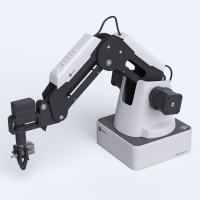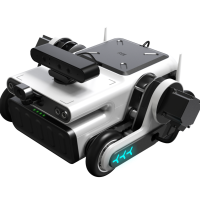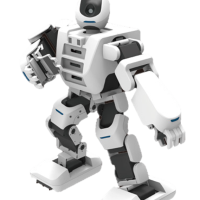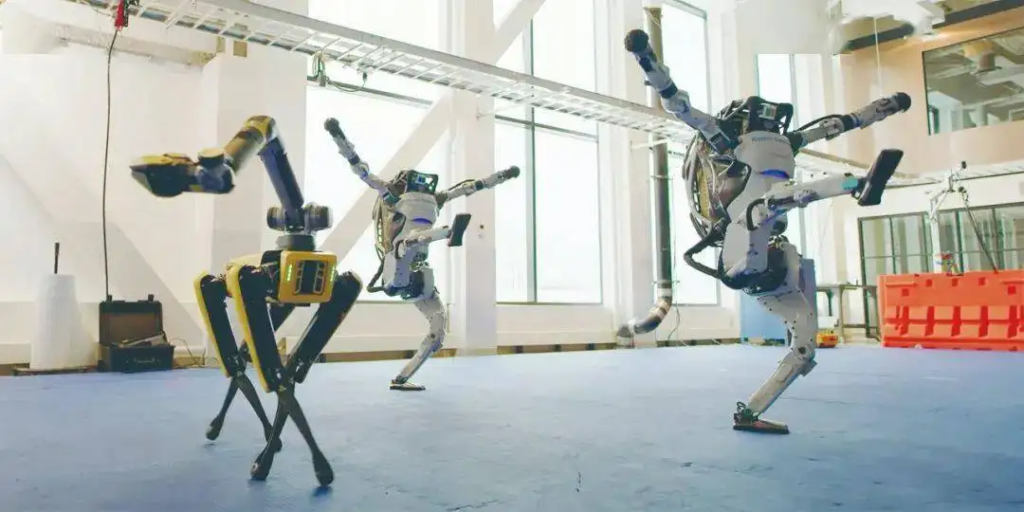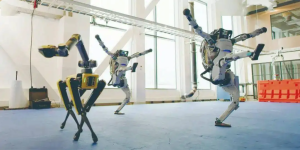In recent years, the rapid development of robot technology has been applied in many fields, and many forward-looking designs have appeared. In this article, we look at 10 exciting robotics developments and technologies selected by Science magazine.
Science magazine recently ranked 10 exciting robotics developments and technologies, ranging from original research that could change the future of robotics to commercial products that support basic Science and drive industrial and medical innovation.
Top 1: Boston Dynamics’ Parkour Robot Atlas
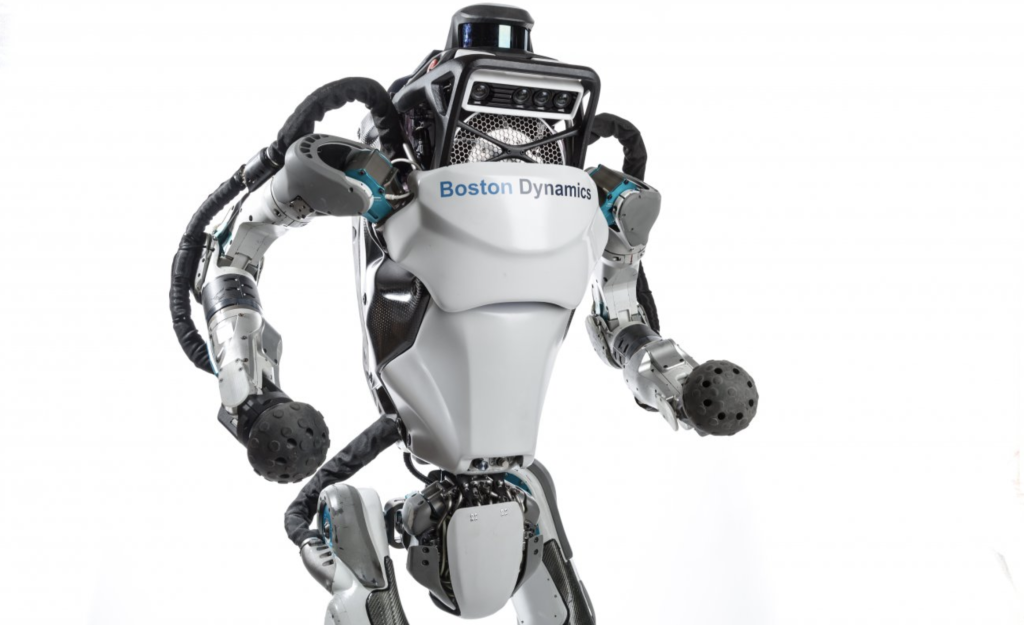
The 1.5m, 75kg Atlas surprised us by jumping over wooden pedals with only one leg while jogging and jumping over wooden boxes without interruption.
These properties are used to walk over challenging terrain, maintain balance while being disturbed, standing, lifting and manipulating objects, and perform backflips like gymnasts.
Marc Raibert’s Boston Dynamics team remains the leader in robot balance and propulsion.
Raibert observed that “mechanical systems have a mind of their own, governed by physical structure and laws.” Atlas uses its vision system to adjust itself and measure the distance to parkour obstacles.
While Raibert admits that not all of the experiments were successful, he hopes the demos will give some insight into what robots can do in the future.
No.2 : Intuitive Surgical’s Da Vinci SP Platform
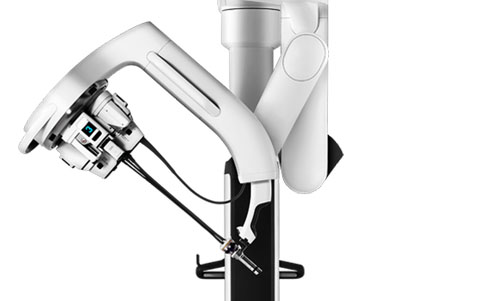
Robotic surgery is one of the most important surgical innovations in recent years.
This means many benefits by using robotic methods to perform procedures such as radical prostatectomy.
More and more robotic platforms are emerging, and increased clinical uptake depends on further addressing issues such as cost-effectiveness and broader clinical accessibility barriers.
Intuitive Surgical continues to push the boundaries of Surgical robotics as Da Vinci was an early pioneer and global market leader.
Through a 2.5 cm intubation and small incision, the newly introduced Da Vinci single-port system allows the surgeon to control three completely atrophy elbow instruments combined with arthroscopy for deep lesions.

